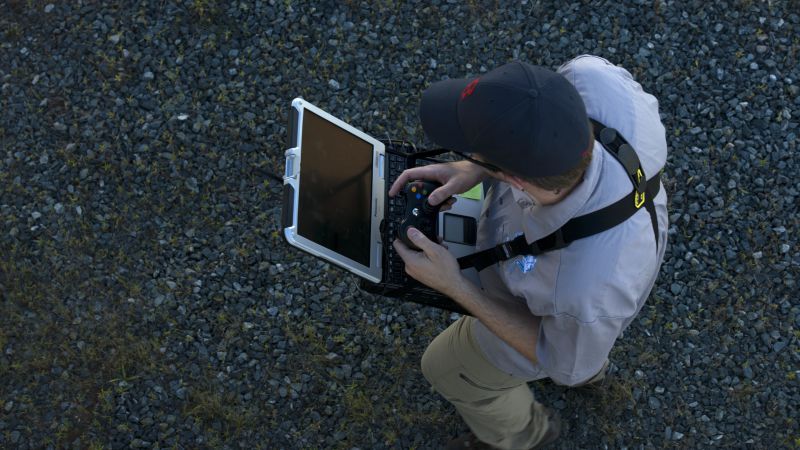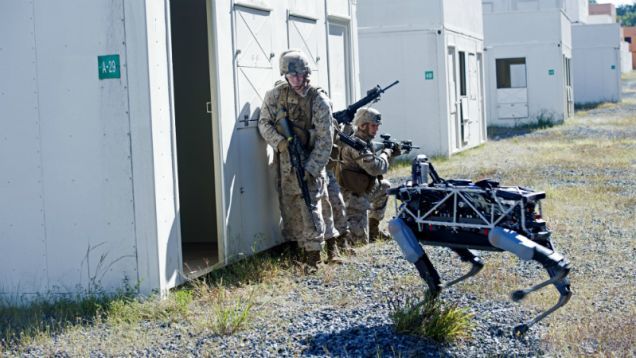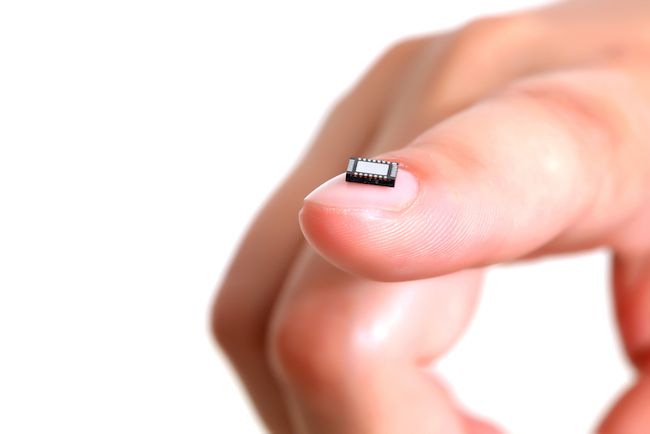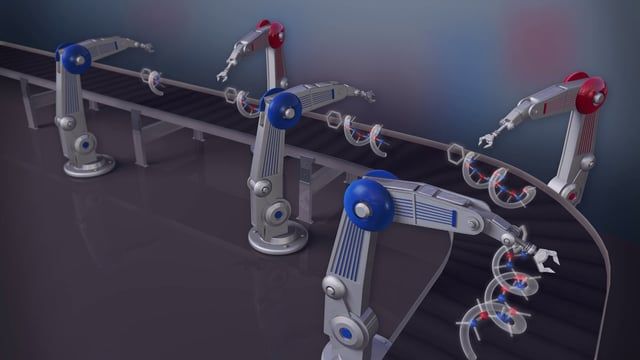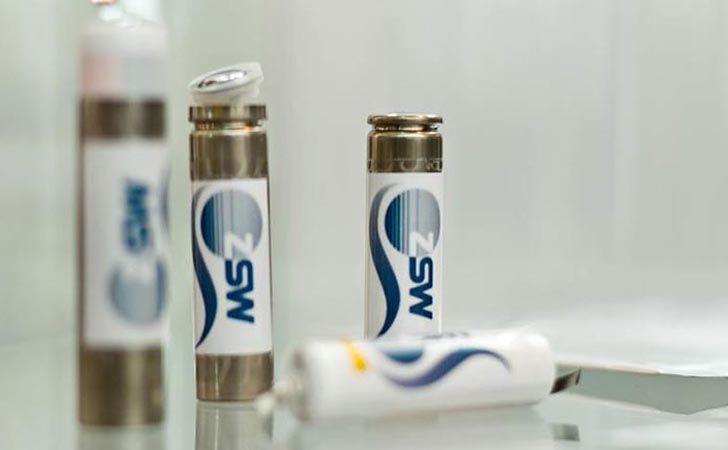Sep 21, 2015
The Marines Are Sending This Robotic Dog Into Simulated Combat
Posted by Albert Sanchez in categories: military, robotics/AI
The battlefield can be one of the most useful places for robots. And now, the US Marines are testing out Spot, a robo dog built by Boston Dynamics to see how helpful the ‘bot could be in combat.
Remember Big Dog, also from Google-owned robotics company Boston Dynamics? Well, Spot is a tinier, more agile iteration: At 160 pounds, it’s hydraulically actuated with a sensor on its noggin that aids in navigation. It’s controlled by a laptop-connected game controller, which a hidden operator can use up to 1,600 feet away. The four-legged all-terrain robo pup was revealed in February. Robots in combat aren’t new, but Spot signals a quieter, leaner alternative that hints at the strides made in this arena.
